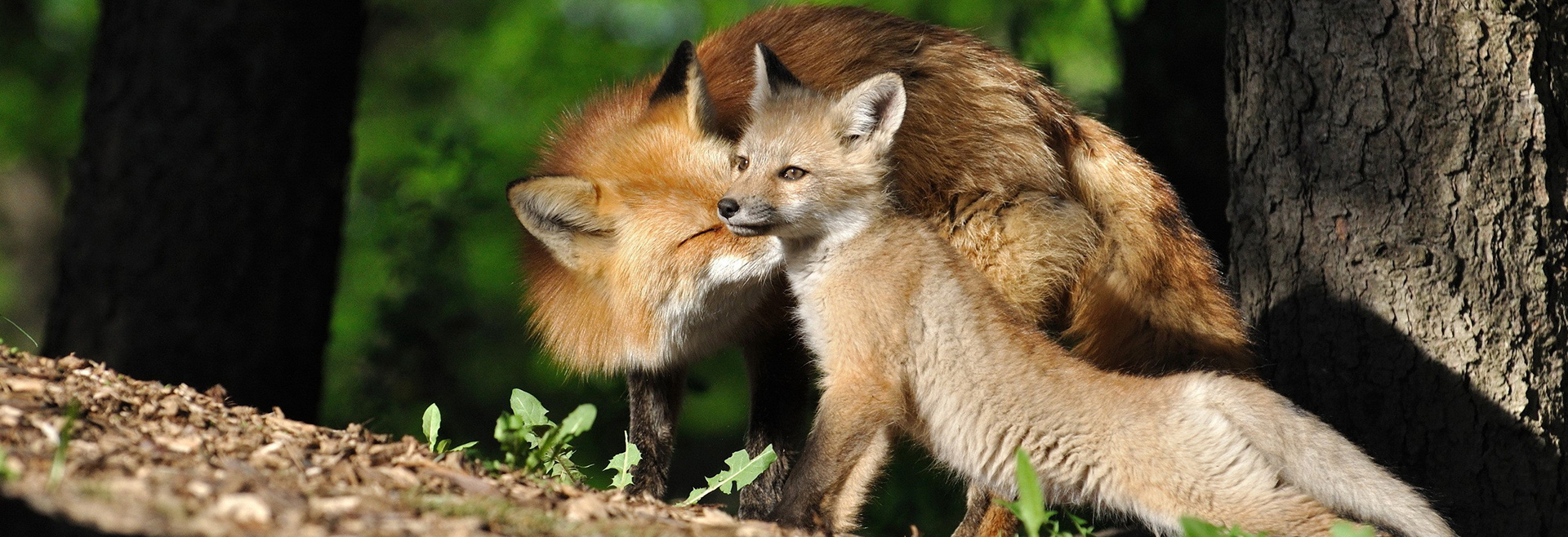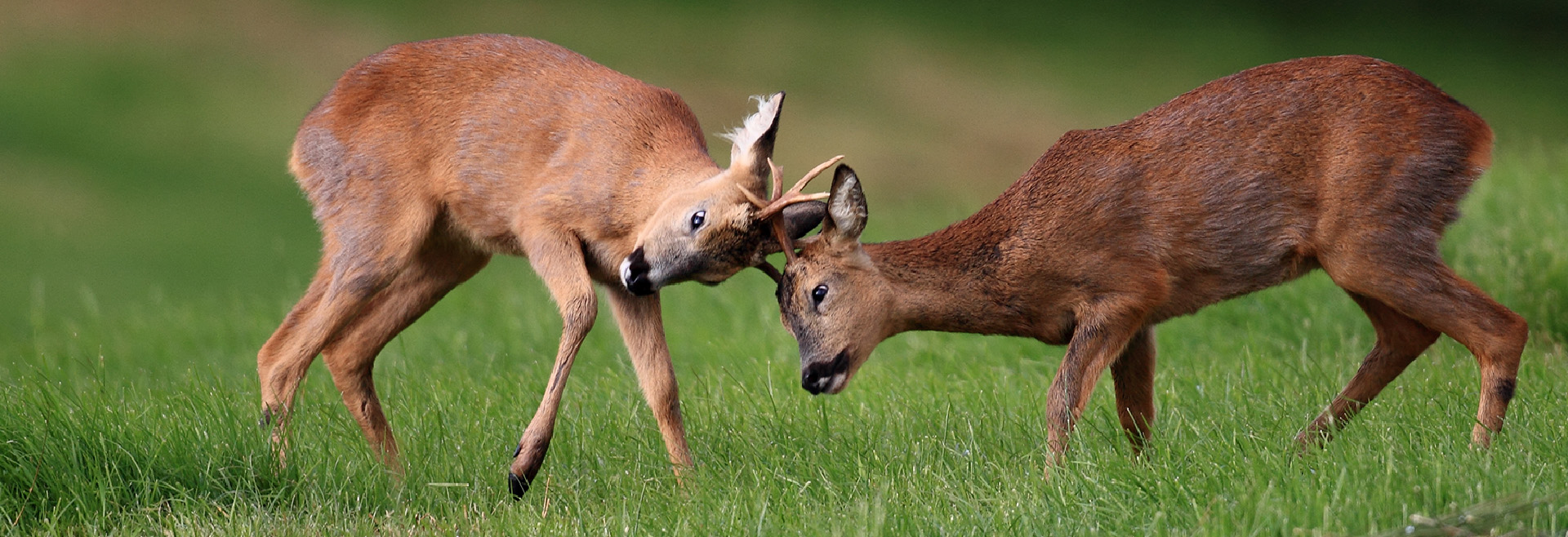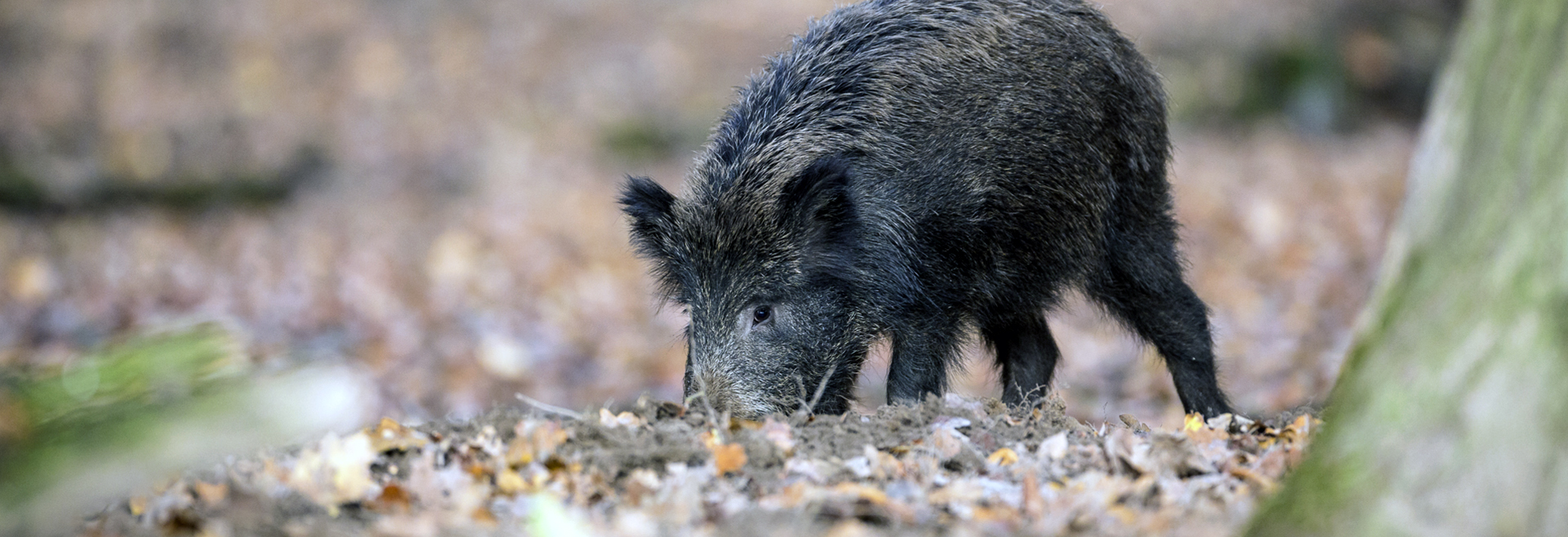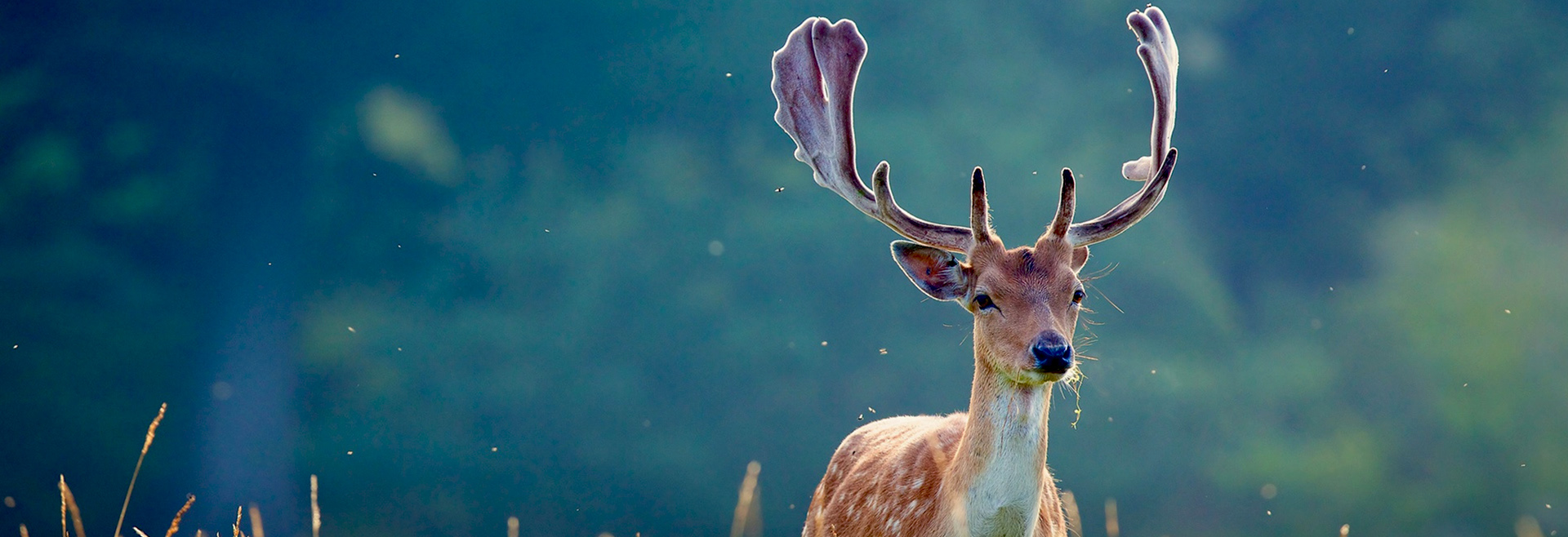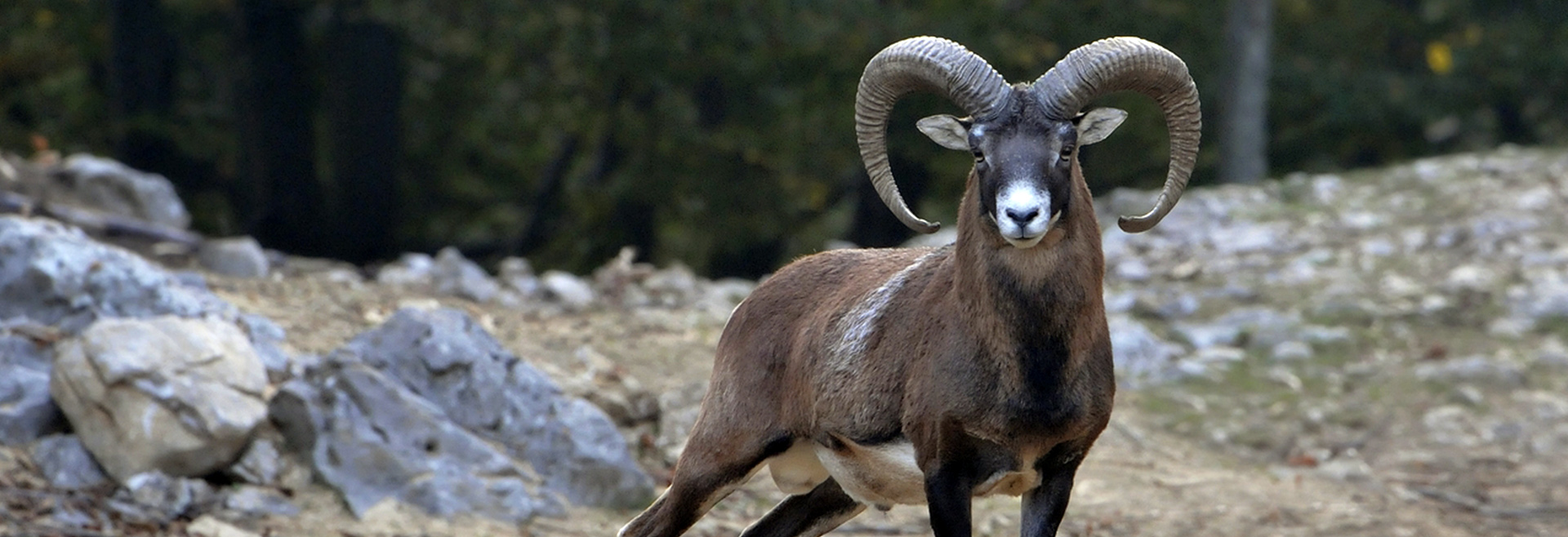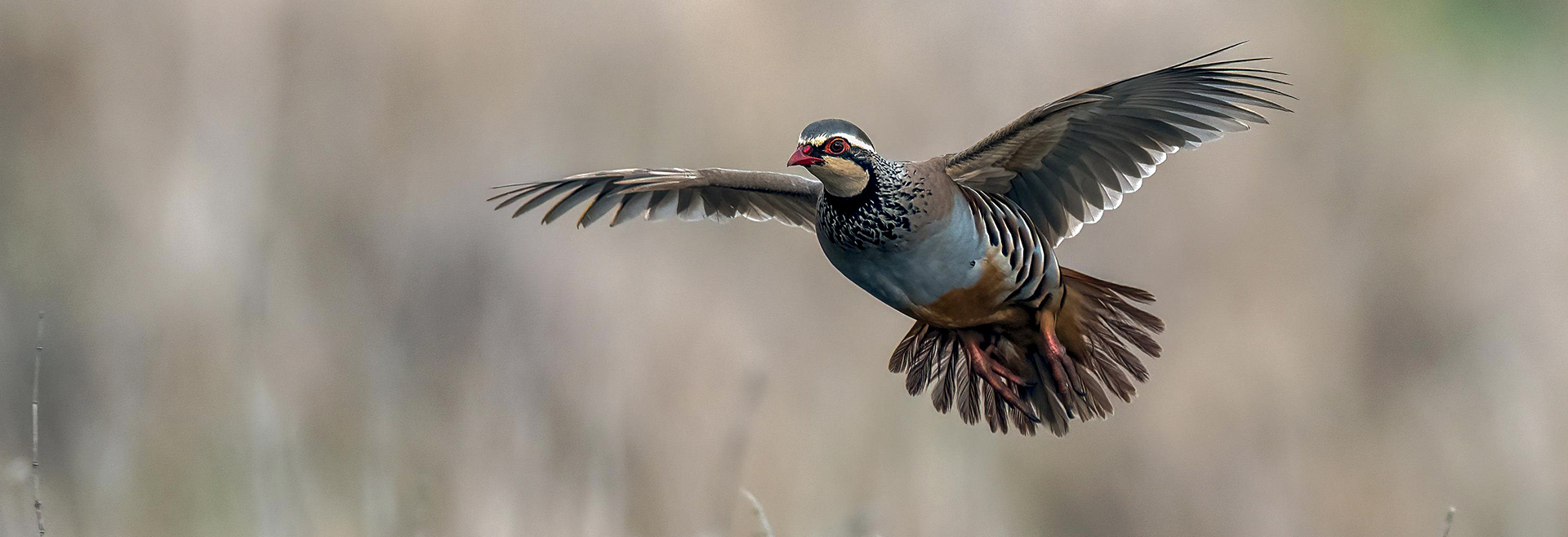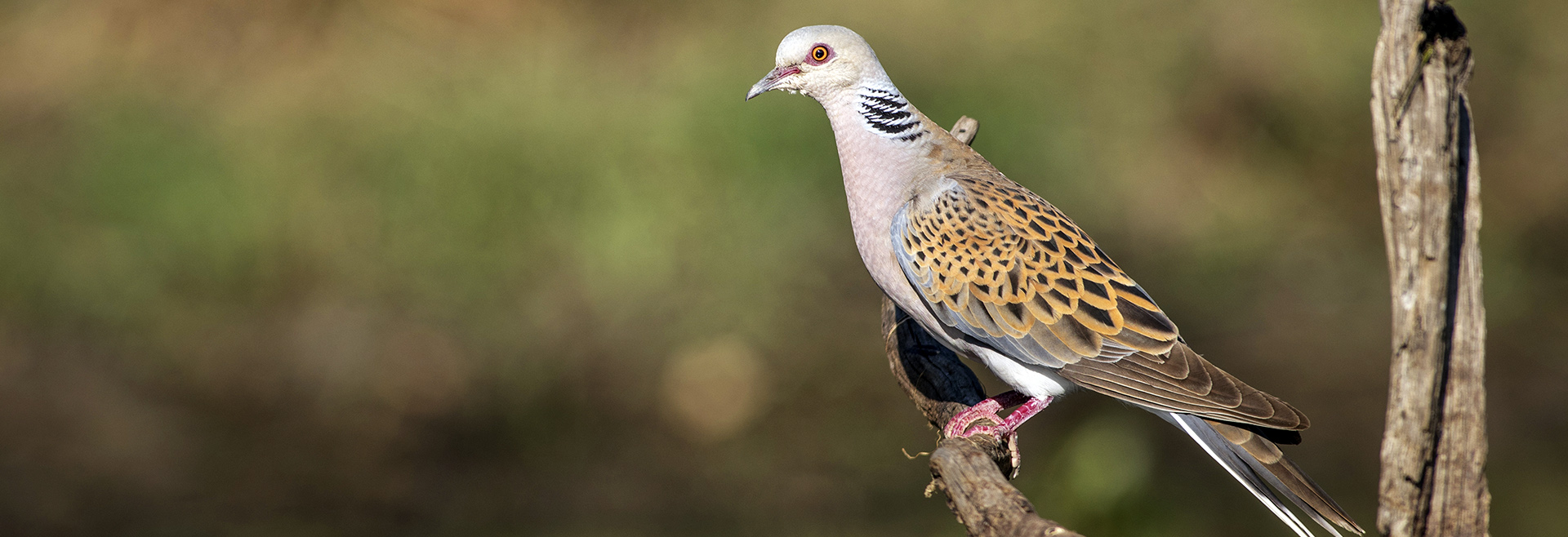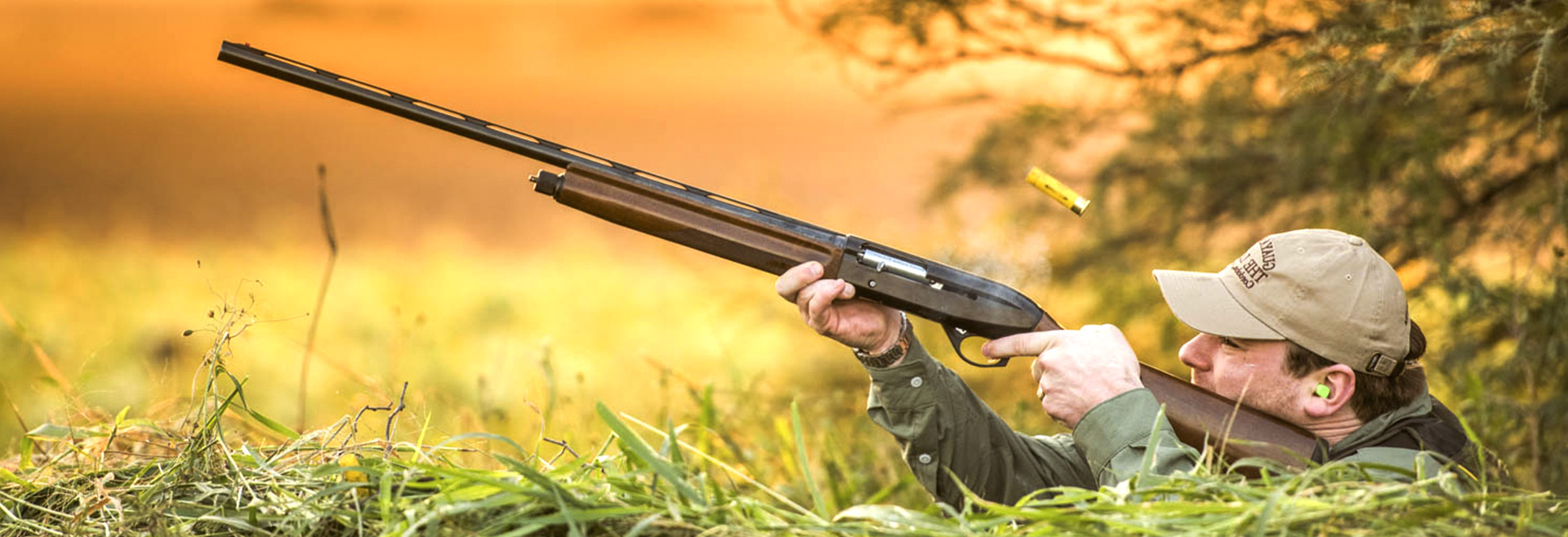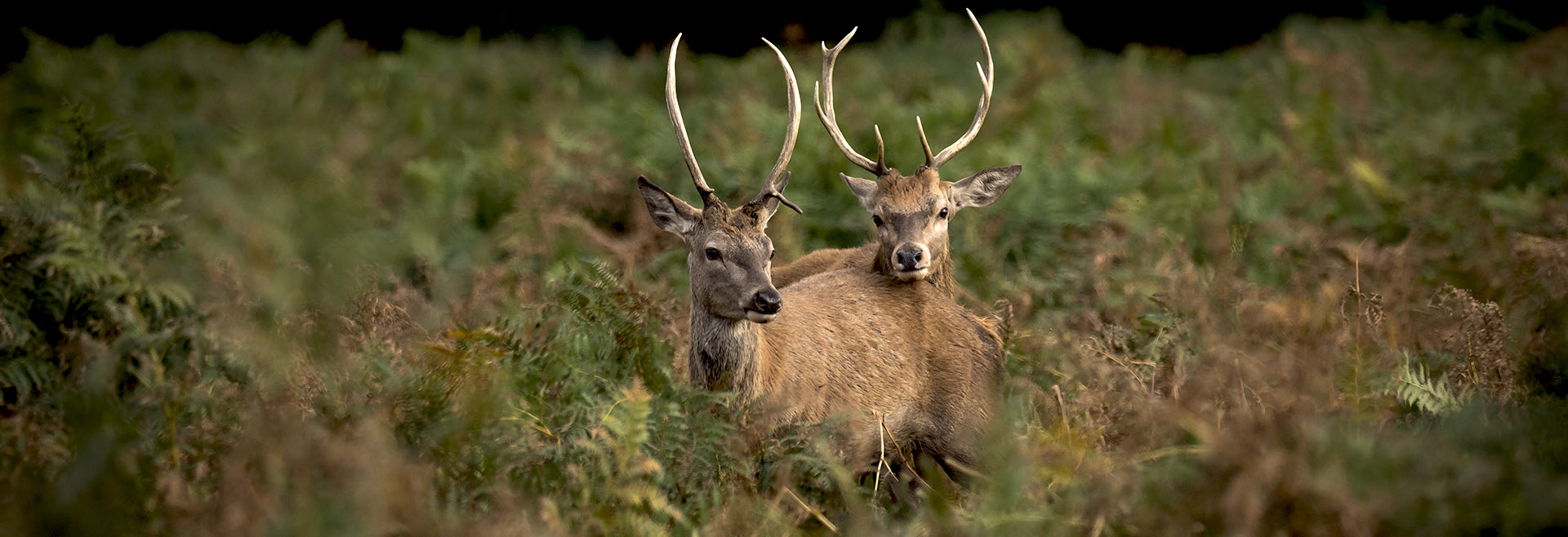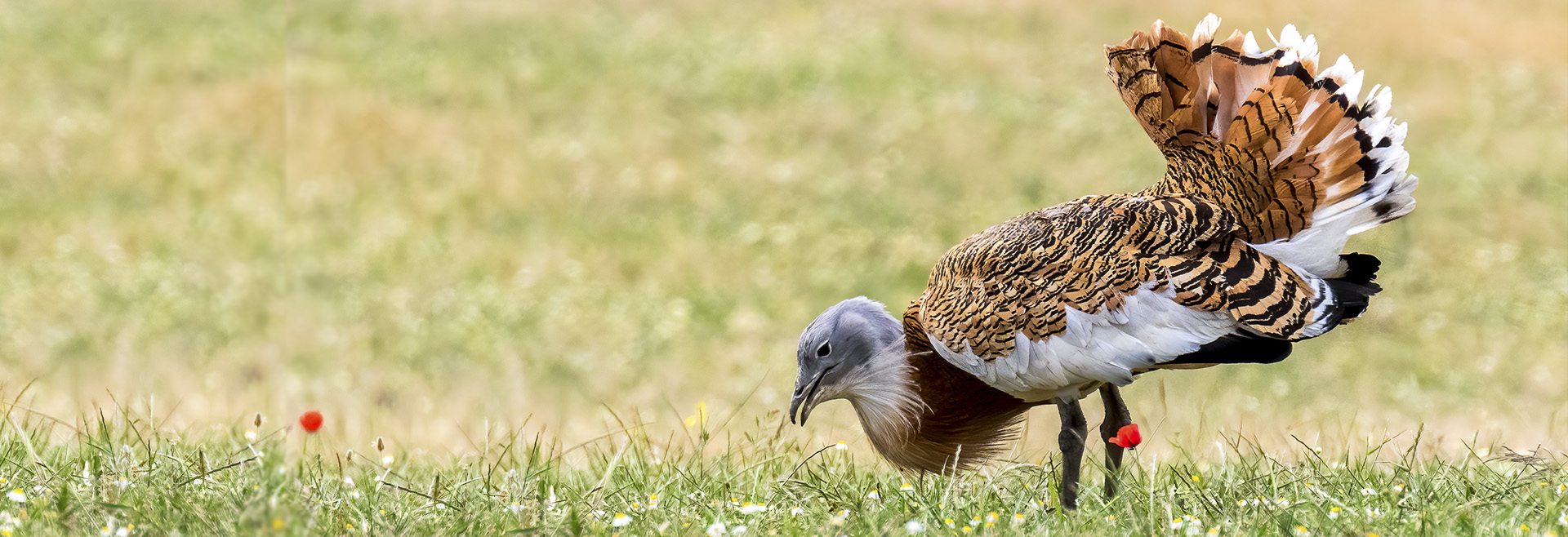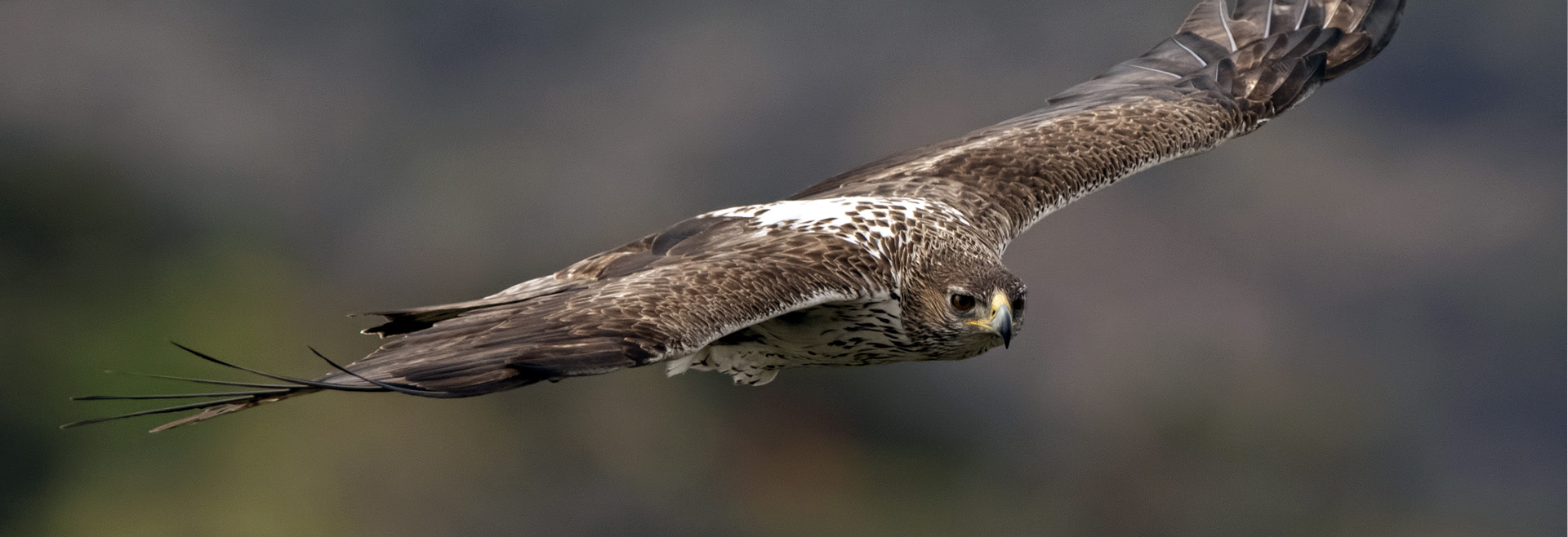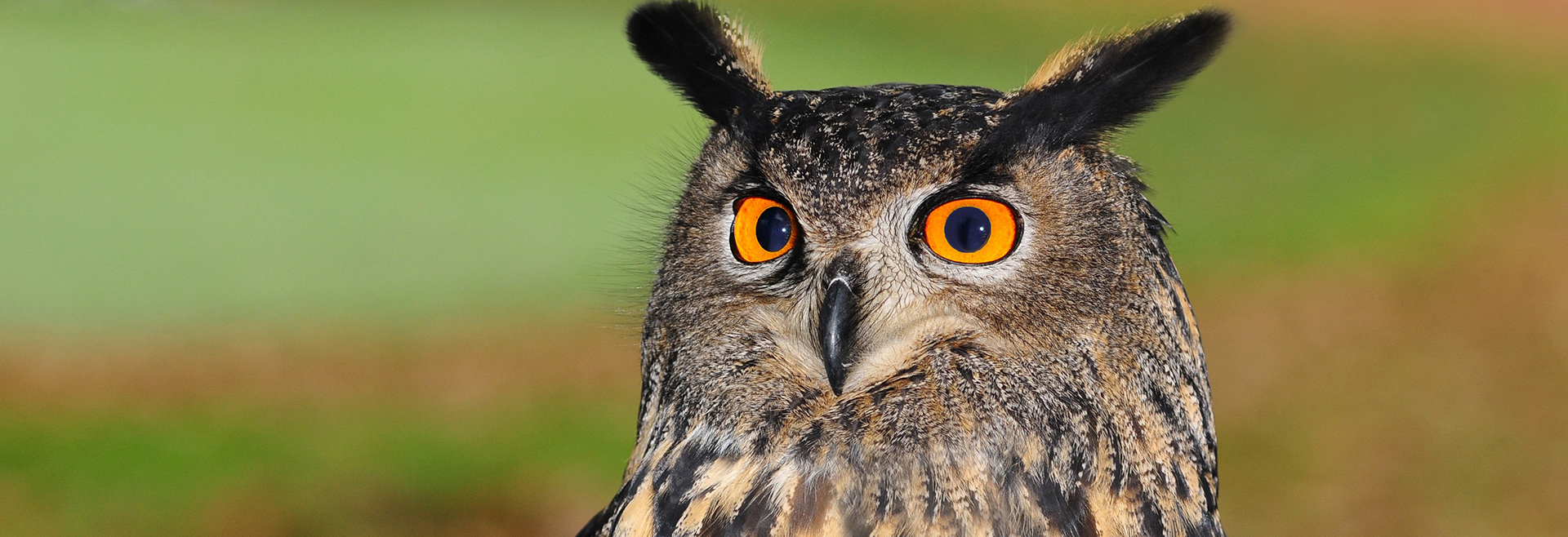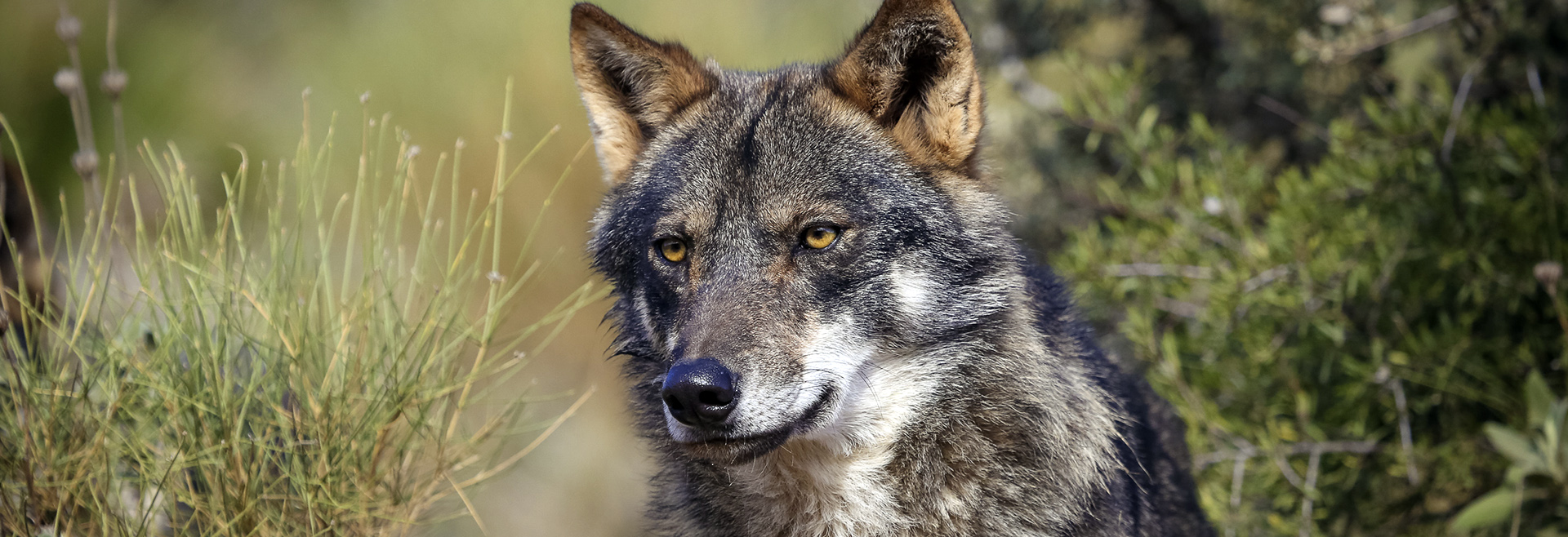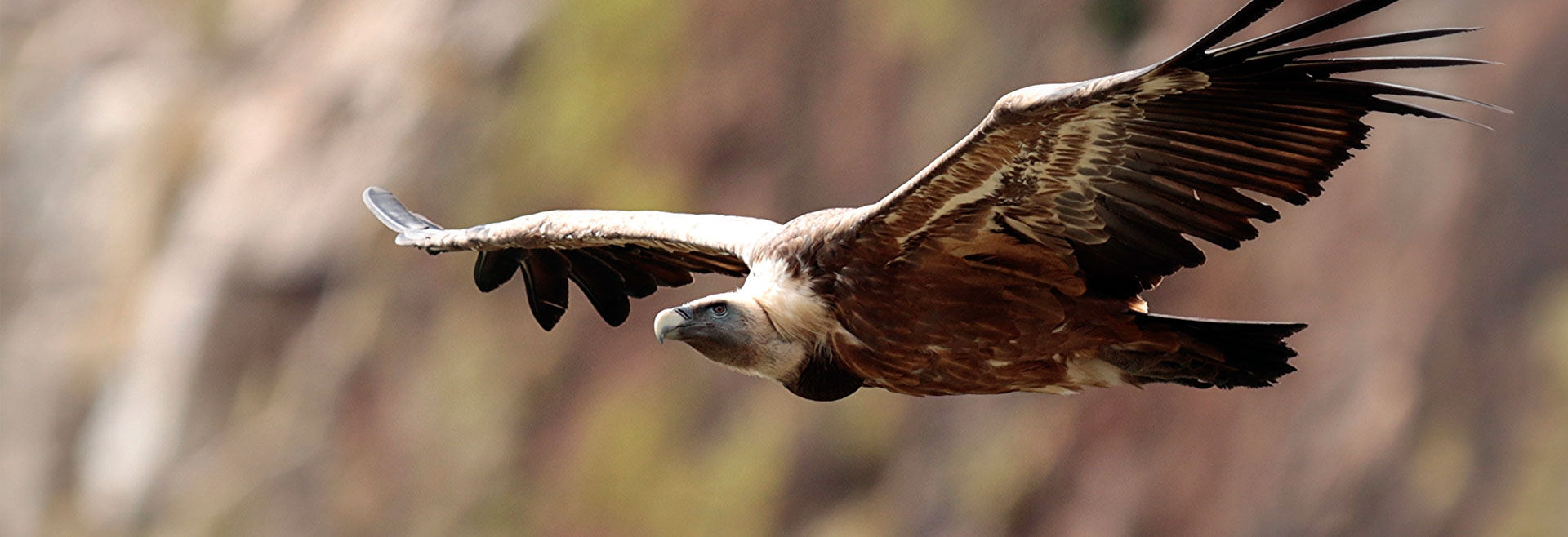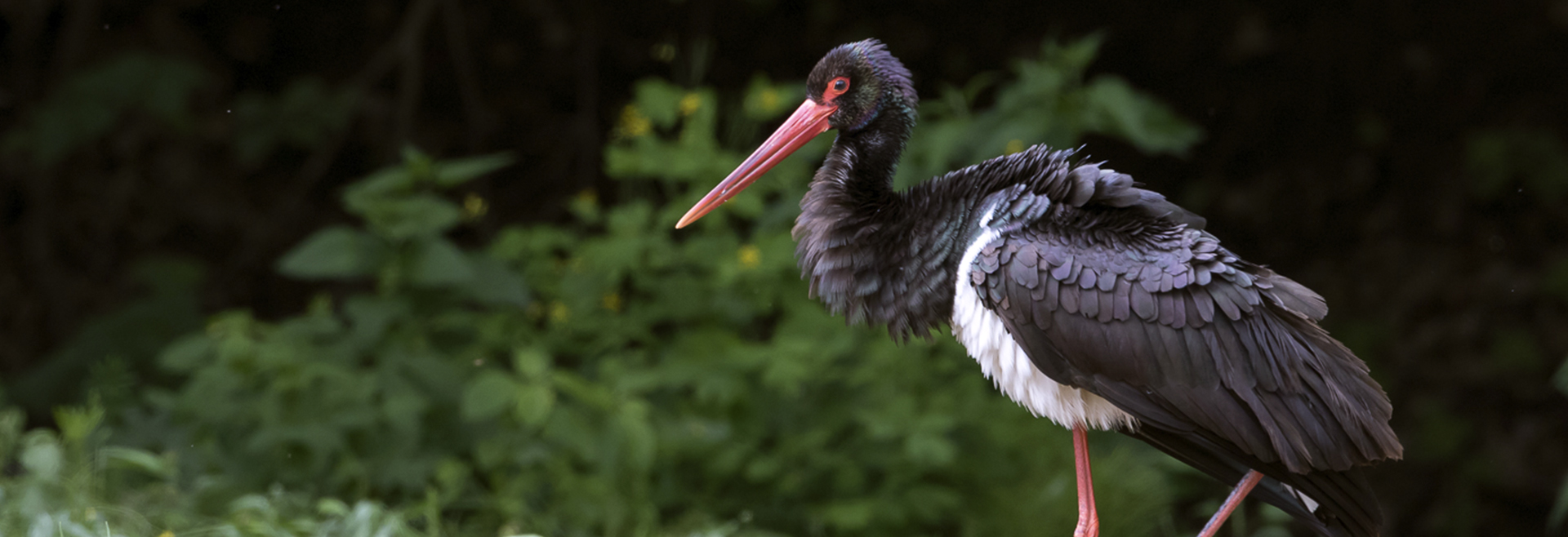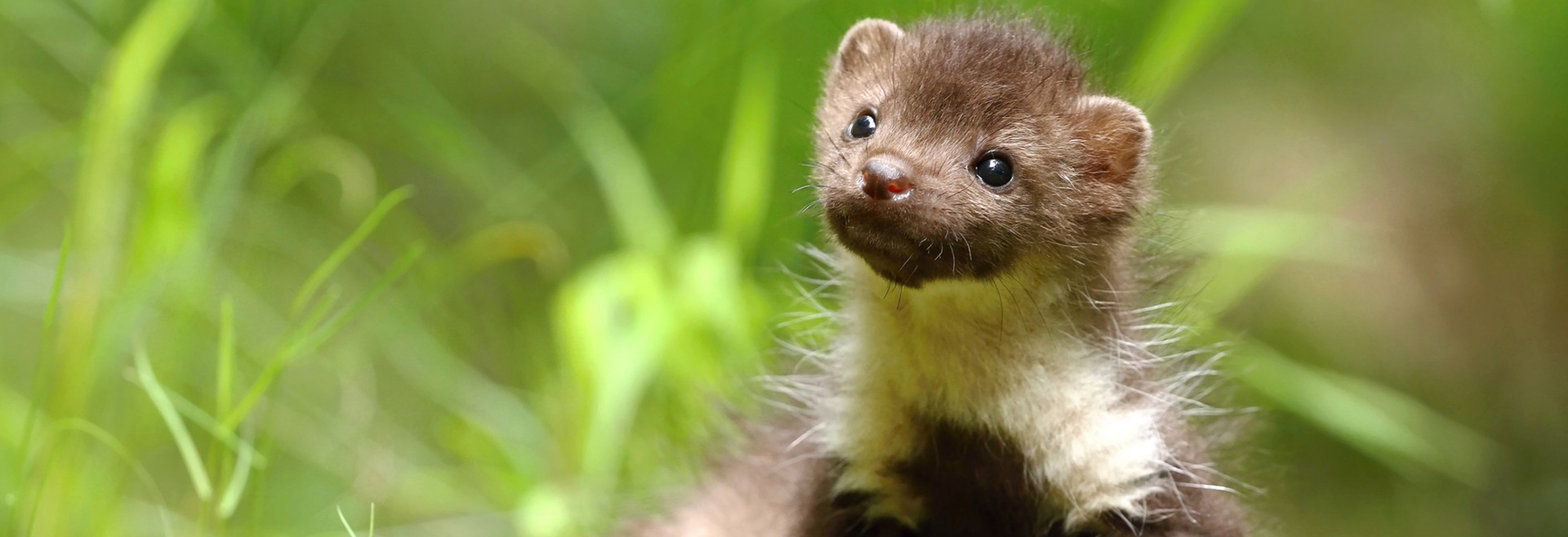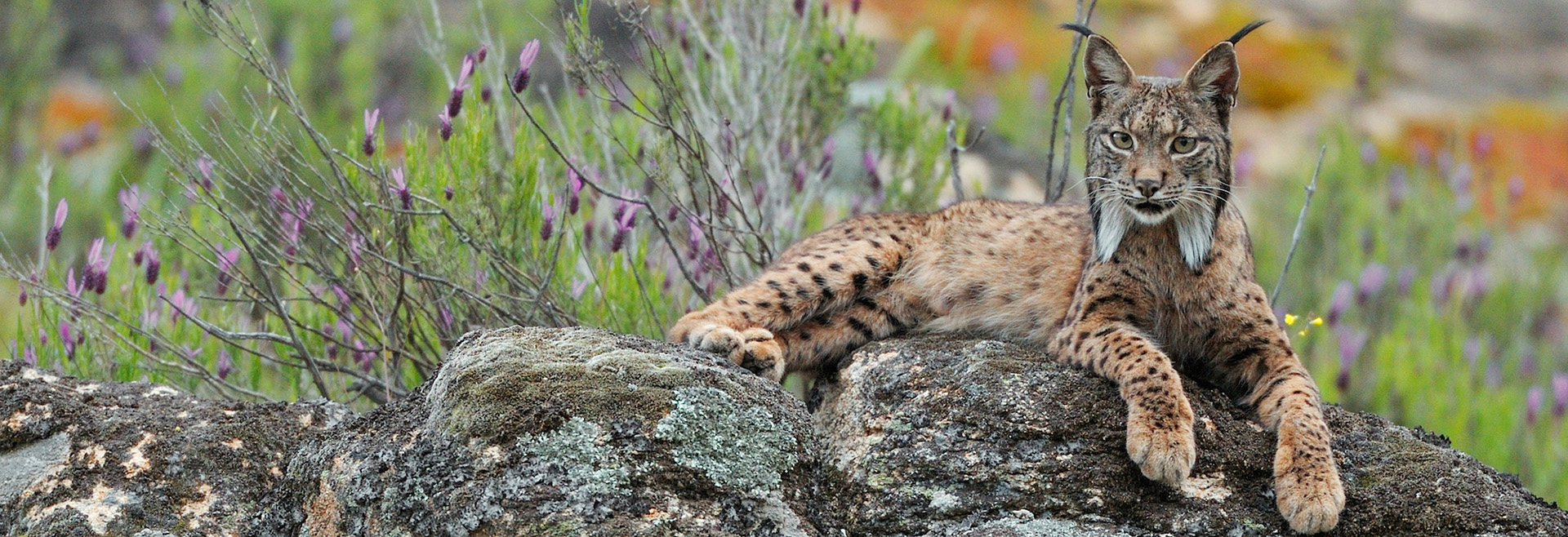Sex and season explain spleen weight variation in the Egyptian mongoose
-
PMID30697234
-
RevistaCurrent zoology
-
Volume e Páginas65(1), 11-20
The Egyptian mongoose (Herpestes ichneumon Linnaeus, 1758) is a medium-sized carnivore that experienced remarkable geographic expansion over the last 3 decades in the Iberian Peninsula. In this study, we investigated the association of species-related and abiotic factors with spleen weight (as a proxy for immunocompetence) in the species. We assessed the relationship of body condition, sex, age, season, and environmental conditions with spleen weight established for 508 hunted specimens. Our results indicate that the effects of sex and season outweigh those of all other variables, including body condition. Spleen weight is higher in males than in females, and heavier spleens are more likely to be found in spring, coinciding with the highest period of investment in reproduction due to mating, gestation, birth, and lactation. Coupled with the absence of an effect of body condition, our findings suggest that spleen weight variation in this species is mostly influenced by life-history traits linked to reproduction, rather than overall energy availability, winter immunoenhancement, or energy partitioning effects, and prompt further research focusing on this topic.
-
Palavras-chaveHerpestes ichneumon; Iberian Peninsula; body condition; carnivore; mongoose; spleen weight


